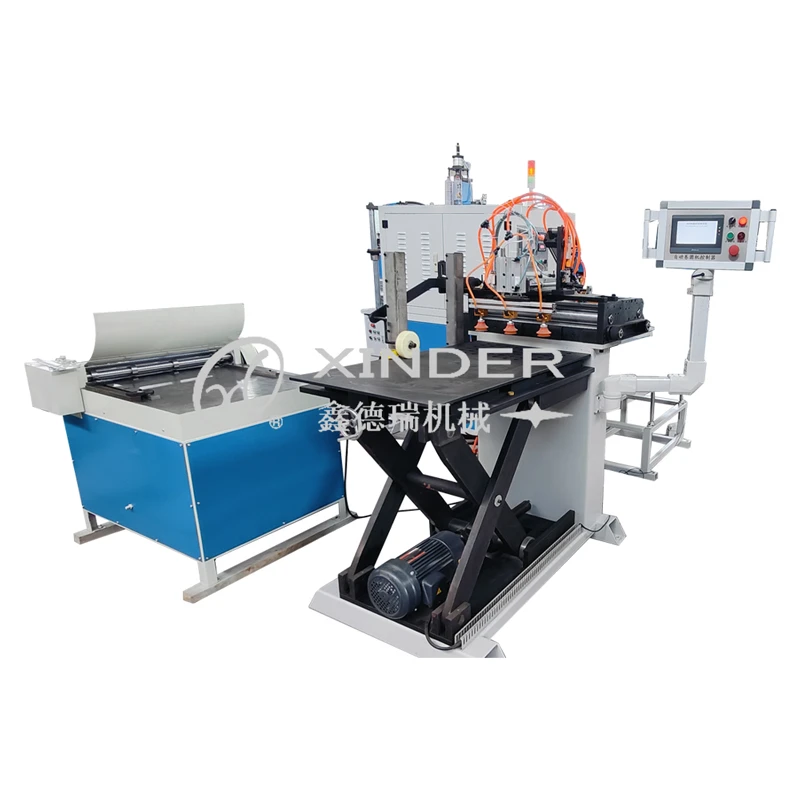-
 8613931787312
8613931787312 -
 Botou Industrial Zone on the east side of National Highway 104, Botou City, Hebei Province
Botou Industrial Zone on the east side of National Highway 104, Botou City, Hebei Province
- Afrikaans
- Albanian
- Amharic
- Arabic
- Armenian
- Azerbaijani
- Basque
- Belarusian
- Bengali
- Bosnian
- Bulgarian
- Catalan
- Cebuano
- Corsican
- Croatian
- Czech
- Danish
- Dutch
- English
- Esperanto
- Estonian
- Finnish
- French
- Frisian
- Galician
- Georgian
- German
- Greek
- Gujarati
- haitian_creole
- hausa
- hawaiian
- Hebrew
- Hindi
- Miao
- Hungarian
- Icelandic
- igbo
- Indonesian
- irish
- Italian
- Japanese
- Javanese
- Kannada
- kazakh
- Khmer
- Rwandese
- Korean
- Kurdish
- Kyrgyz
- Lao
- Latin
- Latvian
- Lithuanian
- Luxembourgish
- Macedonian
- Malgashi
- Malay
- Malayalam
- Maltese
- Maori
- Marathi
- Mongolian
- Myanmar
- Nepali
- Norwegian
- Norwegian
- Occitan
- Pashto
- Persian
- Polish
- Portuguese
- Punjabi
- Romanian
- Russian
- Samoan
- scottish-gaelic
- Serbian
- Sesotho
- Shona
- Sindhi
- Sinhala
- Slovak
- Slovenian
- Somali
- Spanish
- Sundanese
- Swahili
- Swedish
- Tagalog
- Tajik
- Tamil
- Tatar
- Telugu
- Thai
- Turkish
- Turkmen
- Ukrainian
- Urdu
- Uighur
- Uzbek
- Vietnamese
- Welsh
- Bantu
- Yiddish
- Yoruba
- Zulu
Feb . 06, 2025 06:09
Back to list
Fully Automatic Pipe Cutting Machine
CNC tube cutting machines represent one of the most significant advancements in precision engineering, catering primarily to industries that require meticulous detail and consistency. These machines exemplify a blend of technology and innovation, all designed to tackle the challenges of modern manufacturing. For anyone entrenched in industries such as automotive, aerospace, or construction, understanding the nuances of CNC tube cutting technology can offer a competitive edge.
A company’s investment in CNC tube cutting technology also speaks volumes about its commitment to precision and quality assurance. When a business exhibits this degree of professionalism, it not only elevates its standing within its specific industry but also establishes its authority as a leader in embracing innovative manufacturing solutions. This authority is further cemented when companies actively engage in continual training programs, ensuring their workforce is well-versed in operating such sophisticated equipment. Perhaps one of the understated aspects of a CNC tube cutting machine’s utility is its role in prototyping and research. By facilitating rapid prototyping, these machines enable engineers and designers to iterate on designs faster, thus accelerating product development cycles. This capability not only enhances a company’s production efficiency but also fosters innovation, translating into competitive advantages in various markets. Trustworthiness in CNC systems is bolstered by continual advancements in technology aimed at enhancing machine performance and lifespan. Manufacturers often roll out firmware updates or new modules that operators can integrate, elevating machine capabilities. The adherence to quality control standards during manufacturing processes also ensures that these machines remain a reliable component in any production ecosystem. In summary, CNC tube cutting machines stand as a testament to human ingenuity and the relentless pursuit of precision. Their role in contemporary manufacturing cannot be understated, as they continue to drive efficiencies and promote sustainable practices across various industries. The trust they establish through safety and reliability, coupled with the authority they command within the precision engineering domain, affirms their vital role in advancing industrial capabilities. Embracing these machines not only positions a company at the cutting edge of technological prowess but also secures its status as a forward-thinking leader committed to quality and innovation.


A company’s investment in CNC tube cutting technology also speaks volumes about its commitment to precision and quality assurance. When a business exhibits this degree of professionalism, it not only elevates its standing within its specific industry but also establishes its authority as a leader in embracing innovative manufacturing solutions. This authority is further cemented when companies actively engage in continual training programs, ensuring their workforce is well-versed in operating such sophisticated equipment. Perhaps one of the understated aspects of a CNC tube cutting machine’s utility is its role in prototyping and research. By facilitating rapid prototyping, these machines enable engineers and designers to iterate on designs faster, thus accelerating product development cycles. This capability not only enhances a company’s production efficiency but also fosters innovation, translating into competitive advantages in various markets. Trustworthiness in CNC systems is bolstered by continual advancements in technology aimed at enhancing machine performance and lifespan. Manufacturers often roll out firmware updates or new modules that operators can integrate, elevating machine capabilities. The adherence to quality control standards during manufacturing processes also ensures that these machines remain a reliable component in any production ecosystem. In summary, CNC tube cutting machines stand as a testament to human ingenuity and the relentless pursuit of precision. Their role in contemporary manufacturing cannot be understated, as they continue to drive efficiencies and promote sustainable practices across various industries. The trust they establish through safety and reliability, coupled with the authority they command within the precision engineering domain, affirms their vital role in advancing industrial capabilities. Embracing these machines not only positions a company at the cutting edge of technological prowess but also secures its status as a forward-thinking leader committed to quality and innovation.
Latest News
-
The Rise of Laser Welding: Precision Meets Power in Modern MetalworkNewsAug.06,2025
-
Streamlining Industrial Packaging: The Power of Barrel Production LinesNewsAug.06,2025
-
Revolutionizing Metal Joining: The Power of Automatic Seam Welding MachinesNewsAug.06,2025
-
Powering Industrial Innovation: The Role of Pipe and Tube Machinery in Modern ManufacturingNewsAug.06,2025
-
Exploring the World of Resistance Welding: Equipment, Manufacturers, and Pricing InsightsNewsAug.06,2025
-
Advancing Container Manufacturing: The Role of the Modern Can Welding MachineNewsAug.06,2025
-
Understanding Automatic Seam Welding Machines: A Game Changer in Welding TechnologyNewsJul.18,2025
related products
-
 Pneumatic Handle Welding MachineSep . 13, 2024
Pneumatic Handle Welding MachineSep . 13, 2024 -
 Fully Automatic Kaiping Production LineOct . 17, 2024
Fully Automatic Kaiping Production LineOct . 17, 2024 -
 Fully Automatic Metal Bucket Lifting HeadphonesSep . 14, 2024
Fully Automatic Metal Bucket Lifting HeadphonesSep . 14, 2024

